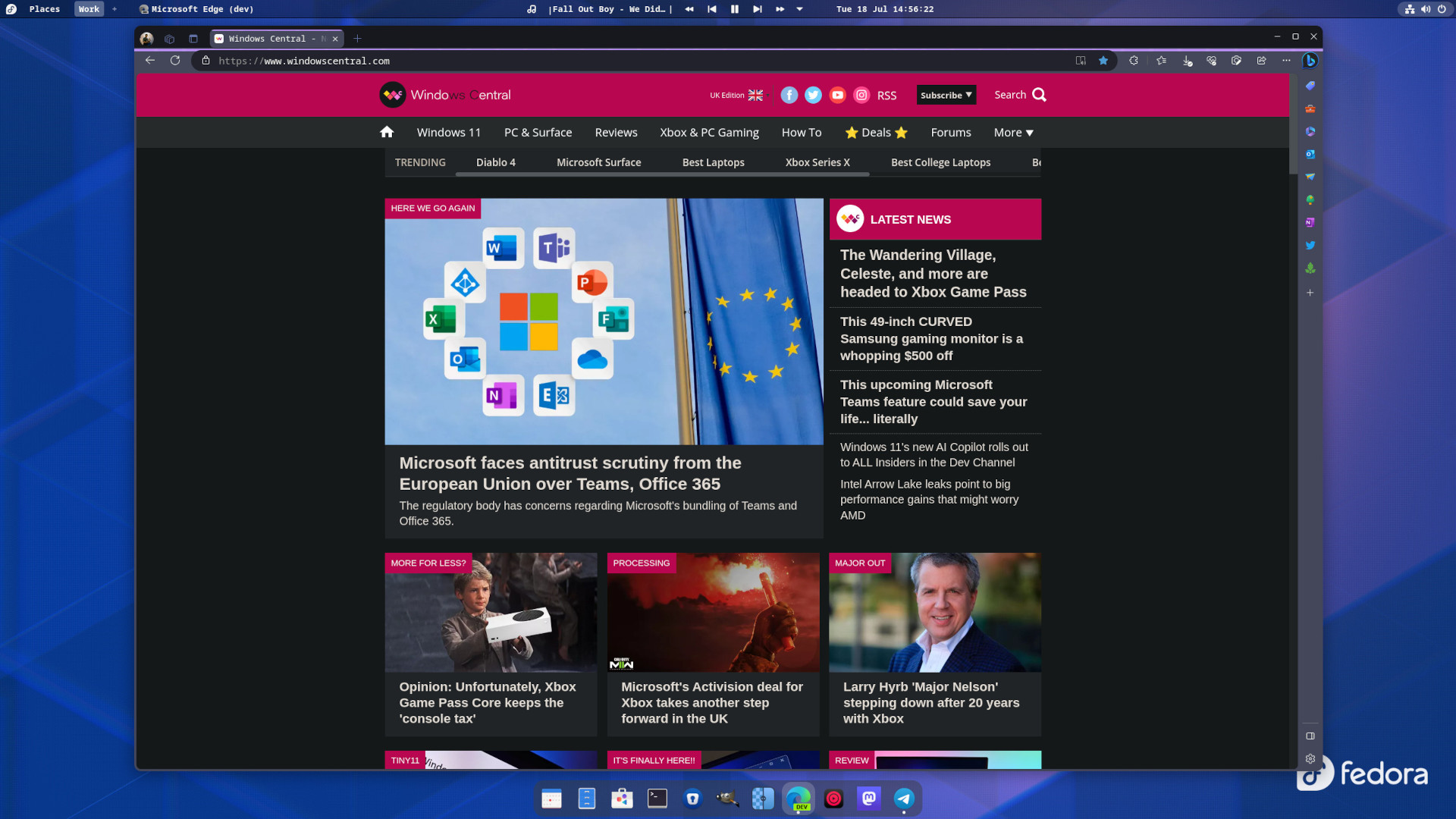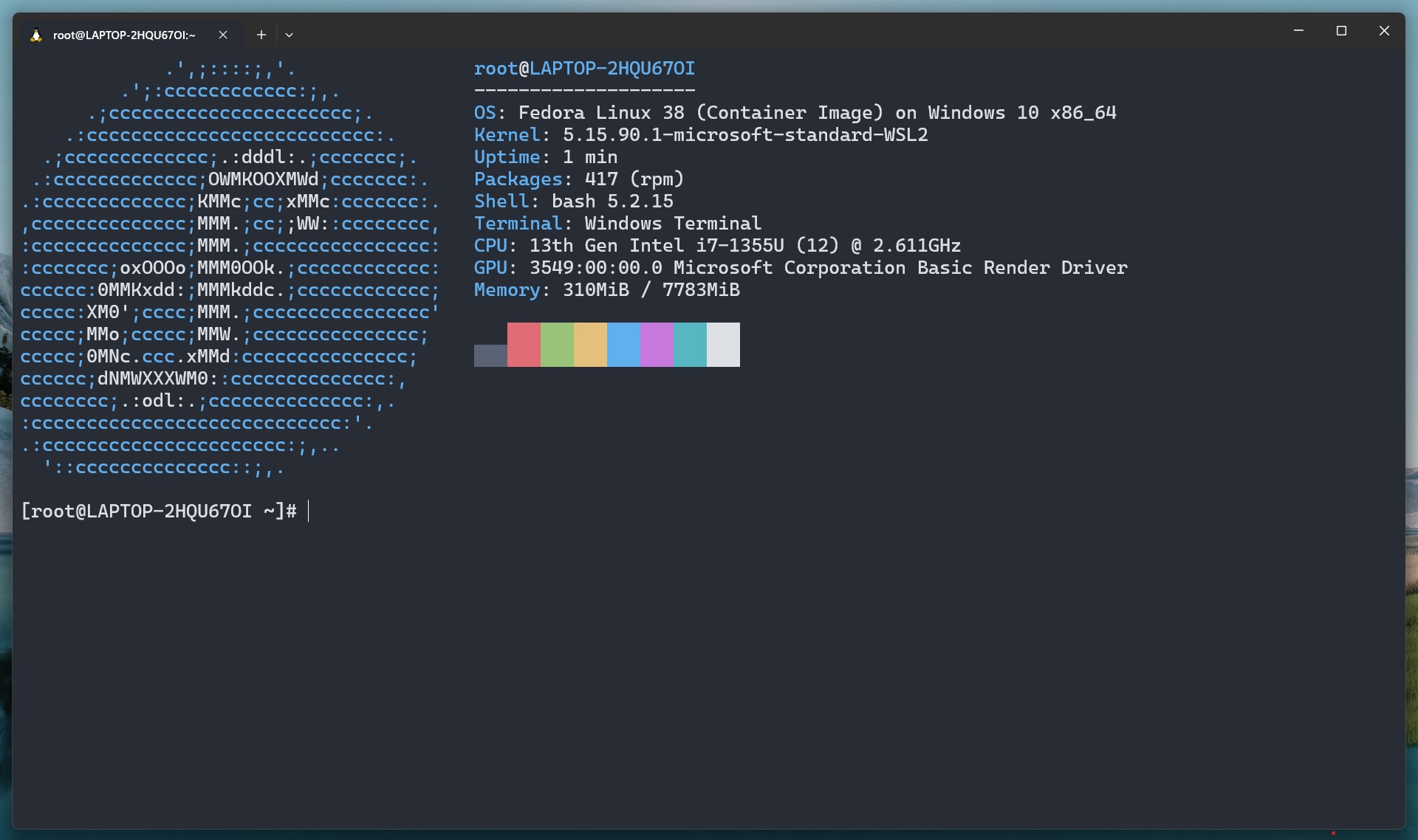Microsoft now has a guide on how to install Linux... you read that right
Why follow Microsoft guides on installing Windows when you can grab Linux instead?

What you need to know
- Strangely enough, Microsoft has published a tutorial on how to download and install Linux.
- The guide details the entire process from selecting the installation method to installing the distribution using your preferred installation method.
- Microsoft considered Linux a threat to its Windows operating system for a long time but has warmed up to Linux over the years.
Microsoft has a ton of guides and tutorials under its sleeves that provide users with insightful information, highlighting how software works and more. While most of these tutorials are centered around the Microsoft ecosystem, that is, Microsoft software and the Windows OS, the company surprisingly published a new tutorial on "how to download and install Linux."
For those unfamiliar with Linux, it's an operating system like Windows or MacOS. The main difference is that Linux is an open-source and often community-developed operating system based on the Linux kernel. As highlighted by the Microsoft in the guide, "Linux is an operating system, similar to Windows, but with many different versions due to the nature of being open source and fully customizable."
In its tutorial, Microsoft highlighted four different methods that can be used to download and install Linux: using Windows Subsystem for Linux (WSL), using bare metal Linux, using a local VM, or using a cloud VM.
It's worth noting that the guide highlights the necessary steps that need to be taken to get Linux running on your PC, including selecting the installation method to selecting a Linux distribution to installing the distribution using your preferred installation method. What's more, it also provides more insight on distribution package managers, as well as tidbits on updating and upgrading the available packages.

The WSL option rolls directly into Microsoft's alley, this is essentially because it's a Windows feature that lets developers run a GNU/Linux environment, including most command-line tools, utilities, and applications directly on Windows, without the overhead of a traditional virtual machine. We have a guide on installing WSL on Windows 10 and 11 if you're looking to try it out.
Elsewhere, Microsoft recently announced that it is closing the loophole that allowed users to activate Windows 11 and Windows 10 with older Windows keys. The loophole has been available for users since Windows 10 shipped and continued to work even after Microsoft launched Windows 11 back in 2021.
The change has already been implemented in the latest Windows Canary preview builds. However, older keys still activate the production builds of Windows 11, but it remains uncertain how long this will remain a viable option as the company prepares to ship its next major version of the Windows OS, Windows 12.
Get the Windows Central Newsletter
All the latest news, reviews, and guides for Windows and Xbox diehards.

Kevin Okemwa is a seasoned tech journalist based in Nairobi, Kenya with lots of experience covering the latest trends and developments in the industry at Windows Central. With a passion for innovation and a keen eye for detail, he has written for leading publications such as OnMSFT, MakeUseOf, and Windows Report, providing insightful analysis and breaking news on everything revolving around the Microsoft ecosystem. While AFK and not busy following the ever-emerging trends in tech, you can find him exploring the world or listening to music.
-
naddy69 To me, this is yet more evidence that Microsoft realizes that Unix (Linux) is the future. Let's face it. All other computers on the planet now run some version of Unix.Reply
MacOS is Unix. iOS/iPadOS is Unix. Android is Linux. The internet runs on Linux. Unix runs on everything from IBM mainframes to Apple Watches. Even MS Azure is 80% Linux.
Why? Because Unix is modular, portable and scalable. Windows is none of these.
Microsoft is the last remaining company with an OS not based on Unix. I've said this before, but it is worth repeating. At some point, Windows HAS to become based on Linux. Windows 14/Windows 13/Whatever. Win32 and WOW64 MUST be ported to Linux.
Microsoft already had a version of Unix. It was called Xenix and was VERY popular in the mid 1980s. But it is probably way too outdated at this point to bring it back from the dead.
